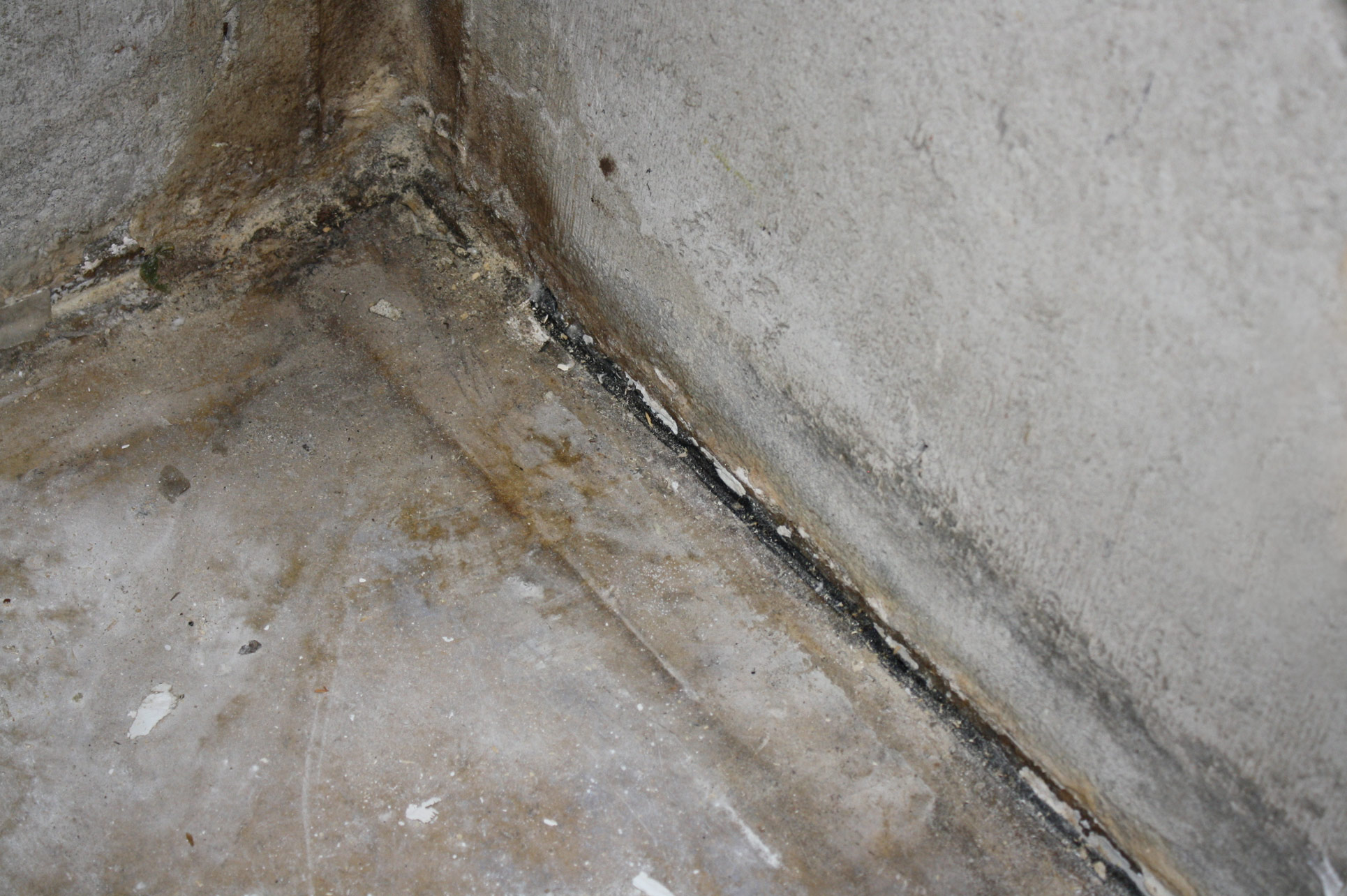Unveiling the Primary Sources of Water Leaks Within The Home
Click HereThe content below relating to How to Find Water Leaks is fairly intriguing. Check it out yourself and decide what you think of it.

Leakages not only cause waste of water however can also trigger unneeded damage to your residence and promote undesirable organic development. Sadly, water leakages may go undetected considering that a lot of the pipework in our house is concealed. By looking as well as recognizing for daily scenarios that cause leaks, you can protect your home from future leakages as well as unneeded damages. Today, we will look at 6 leak triggers that might be creating your pipes to drip.
Immediate temperature modifications.
Extreme temperature level adjustments in our pipelines can trigger them to broaden as well as acquire suddenly. This growth as well as contraction may cause splits in the pipelines, particularly if the temperature are below freezing. It would be best if you kept an eye on how your plumbing functions. The presence of the formerly stated conditions often suggests a high risk.
Rusty water systems
This might be the reason of discoloration or bending on your water pipes. If our plumbing system is old, take into consideration replacing the pipelines since they are at a greater threat of rust than the more recent versions.
Malfunctioning Pipeline Joints
Pipe joints can weaken over time, resulting in water leakages. If you have loud pipes that make ticking or banging noises, particularly when the warm water is turned on, your pipe joints are most likely under a whole lot of stress.
Encroaching roots
Many water leaks start outside the house rather than inside it. If you discover an unexpected decline in water stress, claim in your faucet, take some time to head out and also examine your backyard. You might see wet spots or sinkholes in your yard, and that might mean that tree origins are invading water lines triggering water to leak out. You can have your plumber check for invasion, especially if you have trees or shrubs near your home.
Poor Water Connectors
Sometimes, a leak can be brought on by loosened hose pipes as well as pipes that supply your home appliances. More often than not, shifting is what causes the loose water Links. You could discover in the case of a washing device, a hose might spring a leakage as a result of drinking during the spin cycle. In case of a water connections leak, you might see water running straight from the supply line or pools around your home appliances.
Clogged Drains
Blocked drains could be bothersome and also inconveniencing, yet they can in some cases wind up creating an overflow leading to burst pipes. Keep removing any type of products that might go down your drains that might obstruct them to avoid such aggravations.
All the above are reasons for leaks yet not all water leakages result from plumbing leaks; some leaks might come from roofing leakages. All leakages should be repaired right away to prevent water damage.
Leaks not only cause waste of water but can also cause unneeded damage to your home and also promote undesirable organic development. By looking as well as recognizing for everyday circumstances that create leaks, you can safeguard your house from future leakages and unneeded damages. Today, we will look at 6 leakage triggers that may be triggering your pipelines to drip.
At times, a leakage can be caused by loose pipes and pipes that supply your devices. In case of a water connections leakage, you might see water running directly from the supply line or puddles around your home appliances.
How To Check For Water Leak In Your Home
How To Check for Leaks
The average household's leaks can account for nearly 10,000 gallons of water wasted every year and ten percent of homes have leaks that waste 90 gallons or more per day. Common types of leaks found in the home are worn toilet flappers, dripping faucets, and other leaking valves. These types of leaks are often easy to fix, requiring only a few tools and hardware that can pay for themselves in water savings. Fixing easily corrected household water leaks can save homeowners about 10 percent on their water bills.
To check for leaks in your home, you first need to determine whether you're wasting water and then identify the source of the leak. Here are some tips for finding leaks:
Take a look at your water usage during a colder month, such as January or February. If a family of four exceeds 12,000 gallons per month, there are serious leaks.
Check your water meter before and after a two-hour period when no water is being used. If the meter changes at all, you probably have a leak.
Identify toilet leaks by placing a drop of food coloring in the toilet tank. If any color shows up in the bowl after 10 minutes, you have a leak. (Be sure to flush immediately after the experiment to avoid staining the tank.)
Examine faucet gaskets and pipe fittings for any water on the outside of the pipe to check for surface leaks.
Undetected water leaks can happen without the home or business owner even realizing. If you suspect a water leak, but not able to find the source. It is time to contact a professional water leak detection service, The Leak Doctor.
How To Find a Water Leak In Your Home
https://www.leakdoctor.com/blog/How-To-Check-For-Water-Leak-In-Your-Home_AE197.html

Do you appreciate reading up on Most Common Causes of Leaky Pipes? Make feedback down below. We would be pleased to know your opinion about this write up. Hoping that you visit us again in the future. Enjoyed reading our content? Please share it. Let someone else check it out. Thanks so much for going through it.
Prioritize plumbing safety.